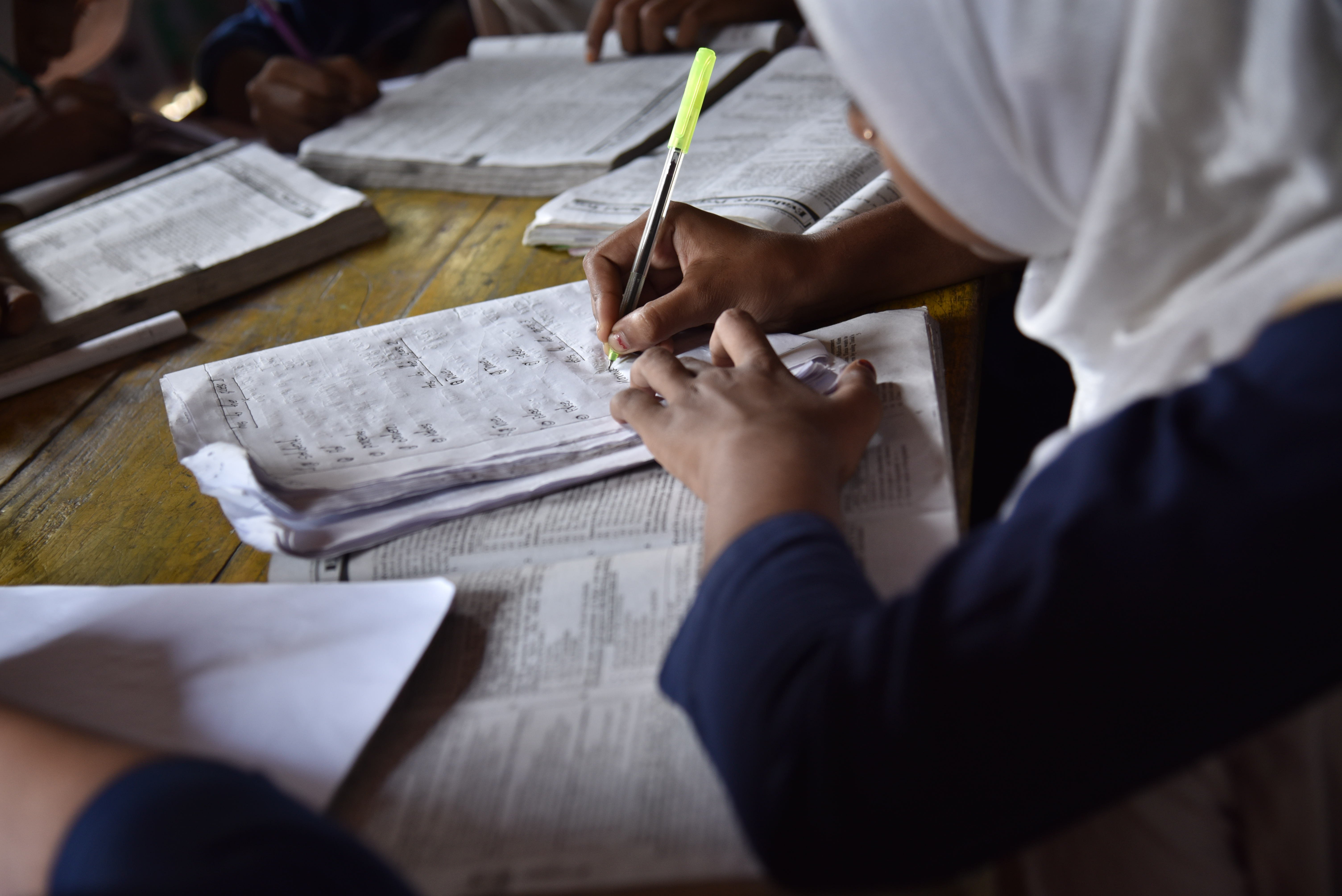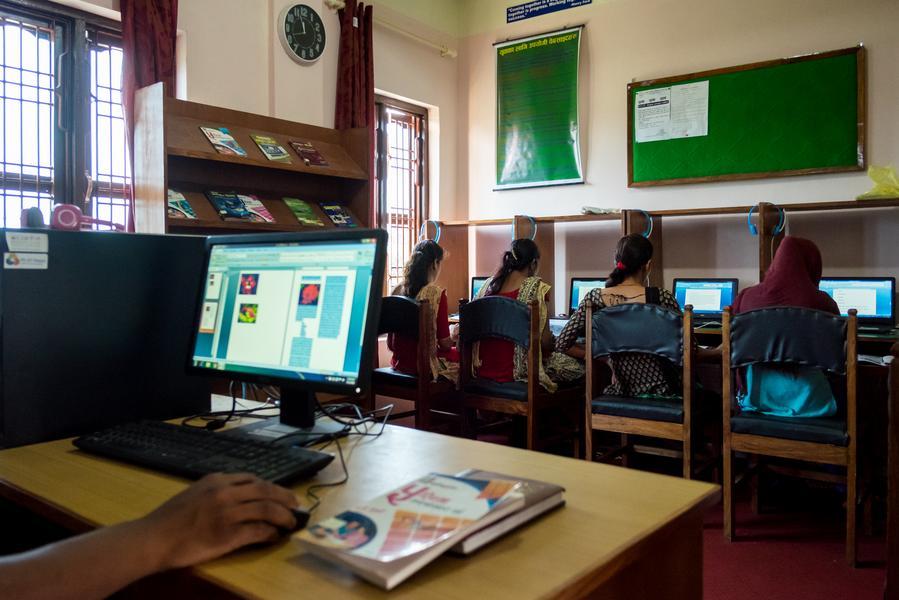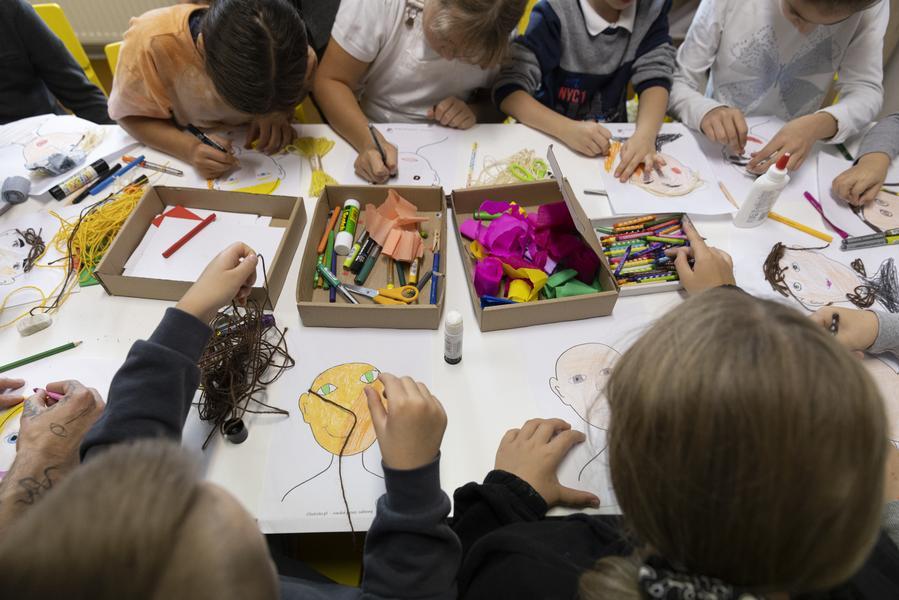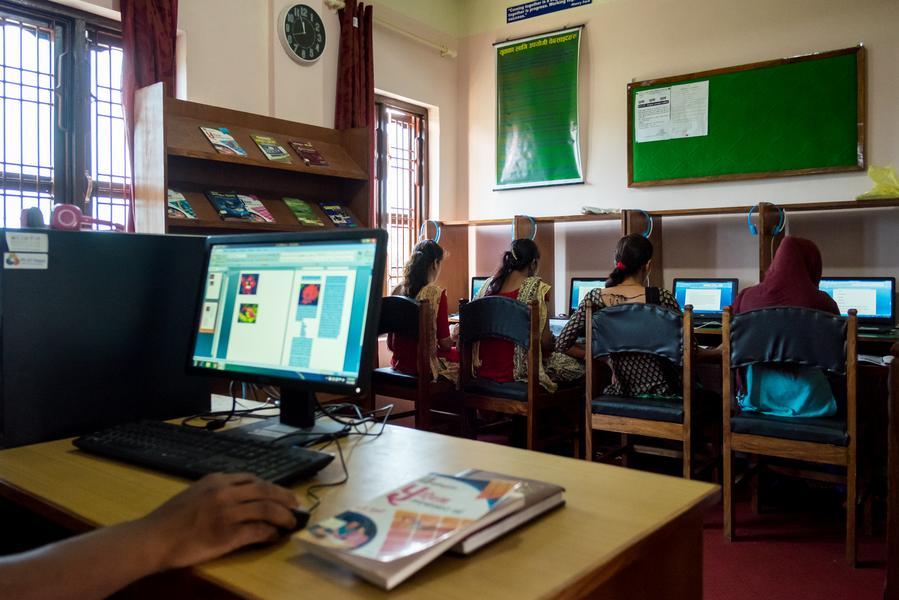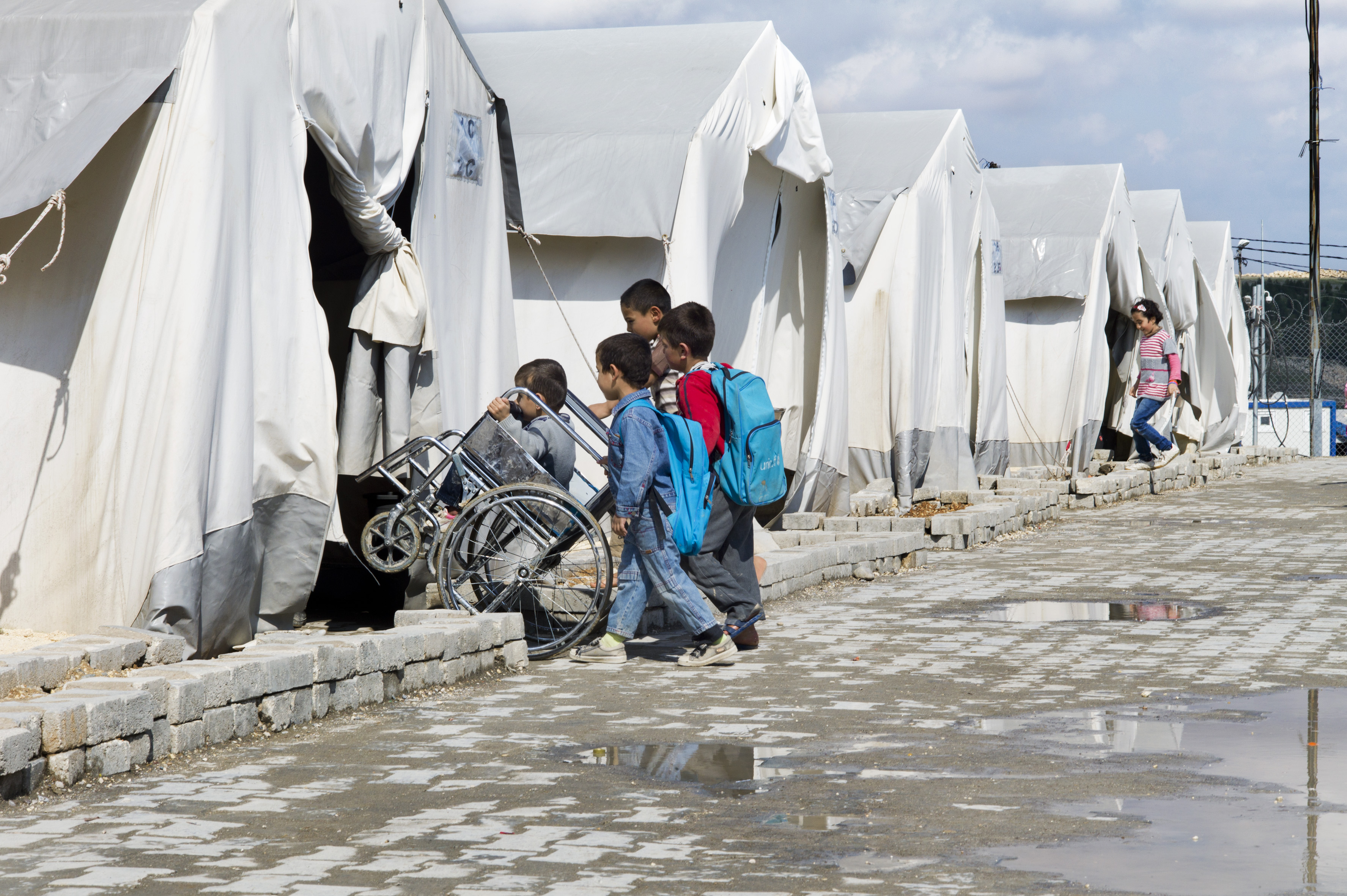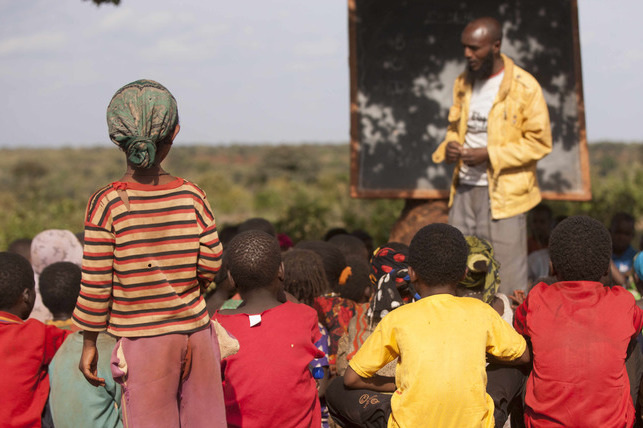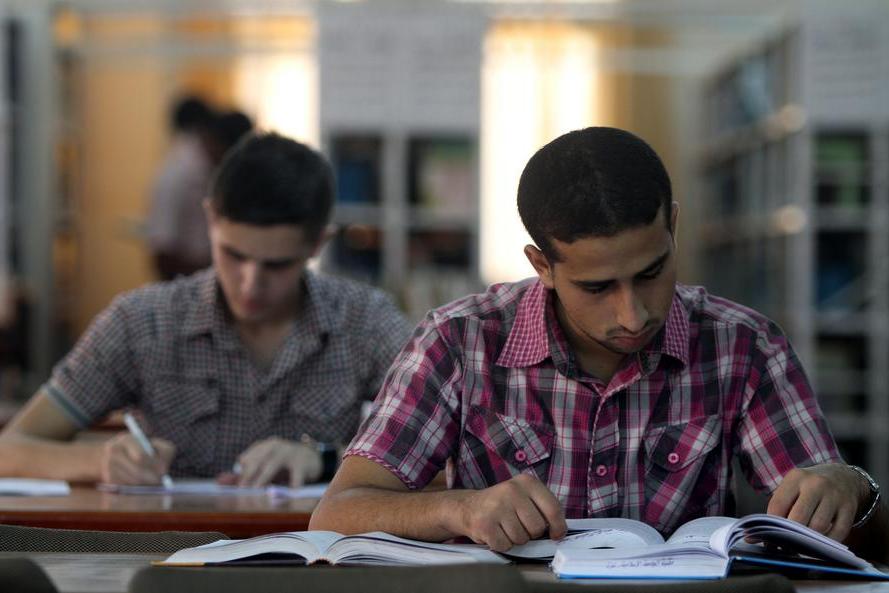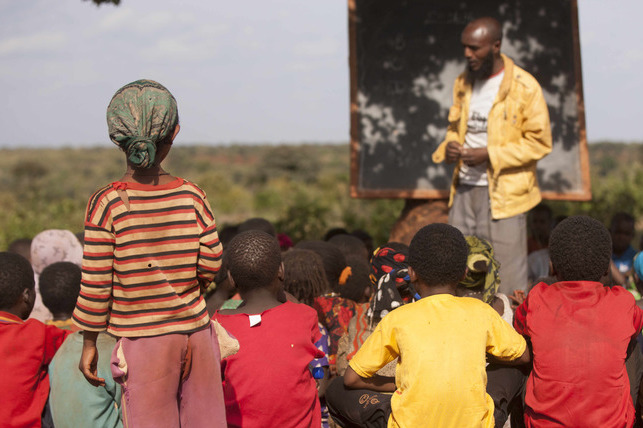Background
Early childhood education in Reggio Emilia faced significant challenges, including inconsistent and insufficient opportunities, particularly after WWII. Grassroots efforts by the Italian Women’s Union partially addressed these gaps by opening 60 self-managed preschools, but a more formal and structured approach was needed. In 1963, recognizing the need for quality education to support economic recovery, Reggio Emilia's Socialist and Communist-led municipality took decisive action. They opened their first municipal preschool, the Robinson Preschool, followed by the Anna Frank Preschool in 1964, with guidance from educationalist Loris Malaguzzi. This marked the beginning of the Reggio Emilia Approach®, which emphasizes staff collaboration, creative environments, family participation, and continuous research, aiming to recognize children as capable individuals with extraordinary potential.
Solution
The Reggio Emilia Approach was developed to address the lack of consistent and high-quality early childhood education in Reggio Emilia, particularly following WWII. It is implemented through collegial staff efforts, multiple teachers engaging with children daily, creative studios and specialists, in-school kitchens promoting nutrition and self-sufficiency, and thoughtfully designed learning spaces. The approach emphasizes qualitative assessment through documentation and reflective practices rather than traditional scoring, sharing learning outcomes with families and the community through public dialogue and tools like the Charter of Services and City Childhood Councils. Key elements include recognizing children's potential and active participation, valuing multiple forms of expression (the hundred languages), collaboration among children, educators, and families, emphasizing research and collaboration in learning, making learning processes visible through documentation, designing educational actions and environments, and continuous professional development for educators.
Impact
The Reggio Emilia Approach has had a profound impact on early childhood education, both locally and globally. In Reggio Emilia, the program serves 73% of resident children, with 93.77% preschool attendance (ages 3-6) and 55.77% infant-toddler attendance (ages 0-3). The program’s emphasis on recognizing children’s potential, fostering collaboration among educators and families, and creating innovative learning environments has resulted in significant educational advancements. The success of this approach is evident in its widespread adoption, influencing early childhood education in over 145 countries. The approach has been lauded for its innovative methodologies and was recognized by Newsweek in 1991 as having one of the world’s most advanced early childhood education systems. The continuous professional development for educators, along with the qualitative assessment through documentation and public dialogue, ensures sustained improvement and adaptation of educational practices, contributing to its global acclaim and effectiveness.



